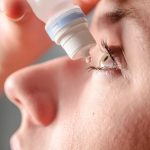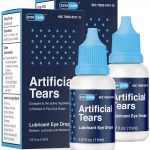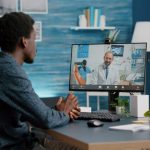
U.S. Federal health officials have issued recall notices for two more brands of eyedrops. In the latest round of recalls, the U.S. Food and Drug Administration posted notices after the companies voluntarily pulled several lots of their eyedrops from the market. These recalls do not appear to be connected to other recent recalls or an outbreak in drug-resistant infections, the Associated Press reported. The companies involved in the recalls are Phoenix-based Pharmedica and Florida-based Apotex. Pharmedica is recalling its Purely Soothing 15% MSM Drops meant to treat eye irritation. The two lots were pulled because of problems “that could result in blindness,” the company said. People who have the eyedrops should immediately stop using them and return them to the store where they bought them, the company added. Meanwhile, Apotex is recalling six lots of prescription eyedrops distributed as Brimonidine Tartrate Ophthalmic Solution, 0.15%. They were sold between April 2022 and February 2023. These eyedrops are meant to treat glaucoma. Unfortunately, some of the eyedrop bottles have cracks in the caps, the company said. More information The U.S. National Eye Institute has more on eyedrops and the earlier recalls involving bacteria. SOURCES: U.S. Food and Drug Administration, recall notices, March 2, 2023 and March 3, 2023; Associated Press read on >






































